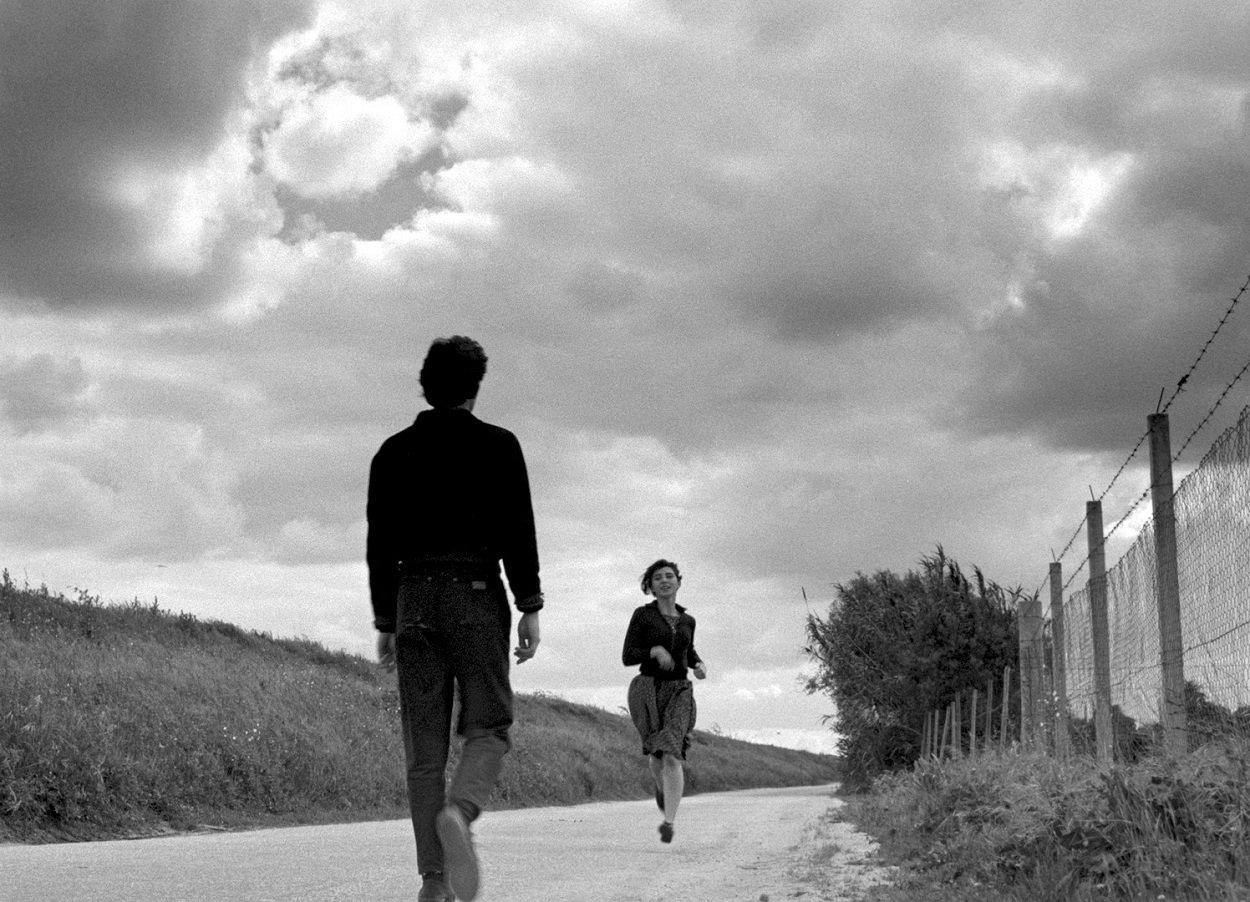Blood / O Sangue
Gothenburg
Sun 1 Oct
19:45 — Hagabion
-
PRODUCTION YEAR: 1989
GENRE: Fiction
DIRECTOR: Pedro Costa
COUNTRY: Portugal
FILM DURATION: 85 min
AGE LIMIT: 12
-
It’s Christmas, New Year’s Eve. Two brothers, one is 18 years old, the other 10. They swear to keep a secret: this time, dad went away forever… Trying to abide by their promise the brothers will lose each other. Secrets, vows, partings: the night of childhood.
-
LANGUAGE: Portuguese
SUBTITLES: English
Review
Pedro Costa’s first feature film, directed when he was only 29 years old and graduating from Film School, is a very rich and nuanced work, and which can be approached from many perspectives. I want to highlight three of these possible paths.
Firstly, from the point of view of Portuguese film historiography, the generation to which Costa belongs was given the name of “forgotten”, “lost” or “invisible” generation. Films like O Sangue but also Joaquim Pinto’s Uma Pedra no Bolso (Tall Stories, 1986), Joaquim Leitão’s Duma Vez Por Todas (1986), Ana Luísa Guimarães’ A Nuvem (Clouds, 1991) or Manuel Mozos’ Um Passo, Outro Passo e Depois... (1989) belong to this thread.
These films were barely seen at the time and apparently, they had no unifying program.
However, one of the possible ways to look at them as a whole, and something that is very visible in O Sangue, is the recurring theme of characters in search of their place in the world, of parents and children on a collision course.
This theme will have an ethical and aesthetic correspondence: a sense of orphanhood (like Nino and Vicente, lonely and fatherless), a different approach from the history and aesthetics of the new Portuguese cinema, which will make these filmmakers question not only their own artistic identity, as well as the very notion of a national identity.
The second perspective is connected to this search of personal artistic identity. Costa considers O Sangue a film protected by cinema, heavily marked by his cinephile preferences as a young filmmaker. We can name a few affiliations.
The famous opening scene of Pedro Costa’s film, the slap, is an homage to Robert Bresson’s Mouchette (1967), also a work about the helpless growth of a young girl. The evocative, romantic and fantastic role of the river, in a foggy ambiance, reminds us both of Friedrich Murnau’s Sunrise: A Song of Two Humans (1927) or the gloomy children’s tale in Charles Laughton The Night of the Hunter (1955). Also, the loving pair of Nicholas Ray's They Live by Night (1948), composed of Bowie, a jail fugitive, and Keechie, the daughter of a gas station owner, breath the same atmosphere, filled with a final harmony, that is lived between Vicente and Clara, in the comfort of home before him and Nino were kidnapped.
We can say that as with the film’s character’s – Vicente and Nino remodulate their house in the absence of their father, and later having to return home after the kidnapping –, Costa is also looking for his artistic house, where he would go and craft his own personal voice.
Finally, and although we can say that O Sangue is more narrative and lyrical than the films that would come afterwards, one can already pinpoint some of the trademarks of his cinema. We’ve already mentioned the theme of the architecture and the house.
If in O Sangue, the characters have, in a certain sense, to cut ties with home, the house will become later a refuge for characters like Vanda or Ventura, and the search for a home a main challenge.
And other elements already present in this first film will remain in later works. For example, the working process with non-actors that he started with Nino. Also, the close-up shots that Pedro Costa would later use to set the facial expressions of Vanda or Ventura, as well as the fixed, long, slow shots, with moments of silence, often in the shadows or against the light, working both the contrast between the visible and the audible, the evocative power of the word as a mechanism for transcending imagination and storytelling.
And even the importance given to areas of transition between characters, such as doors, windows and poorly lit streets or paths in the woods.
Carlo Natálio
À pala de Walsh




